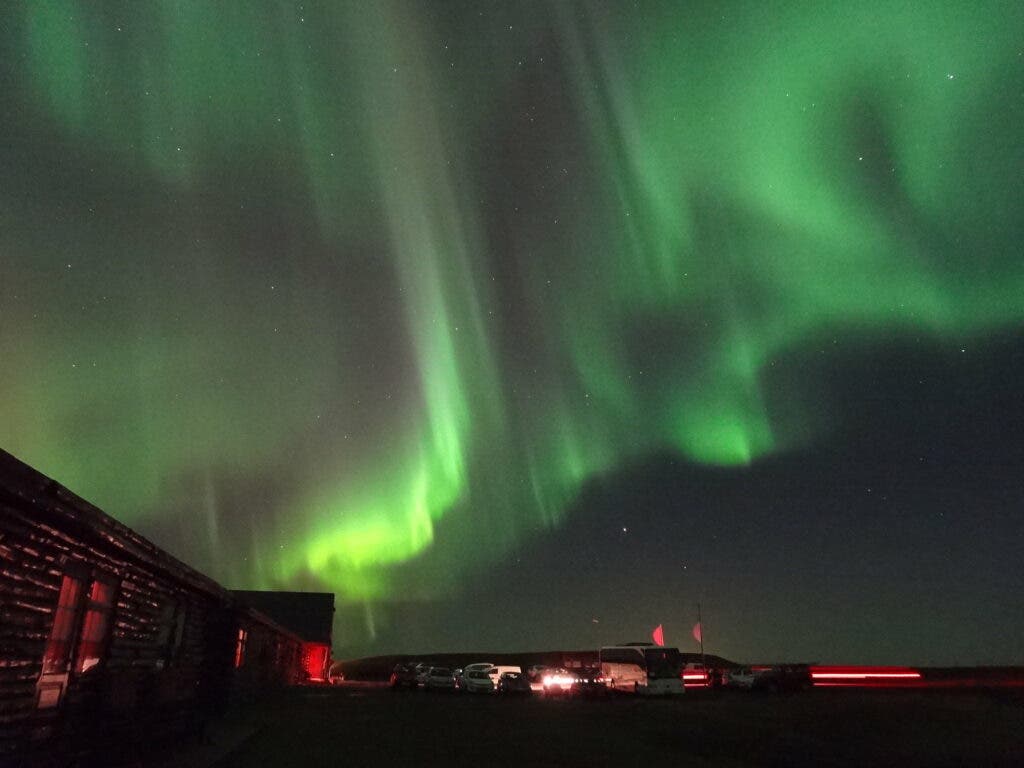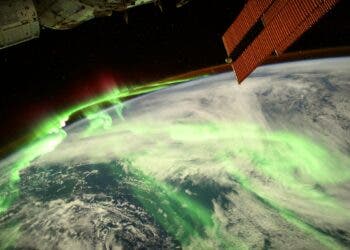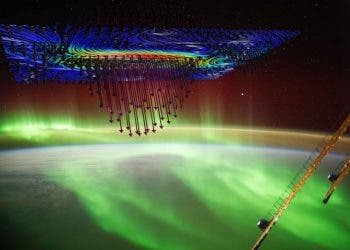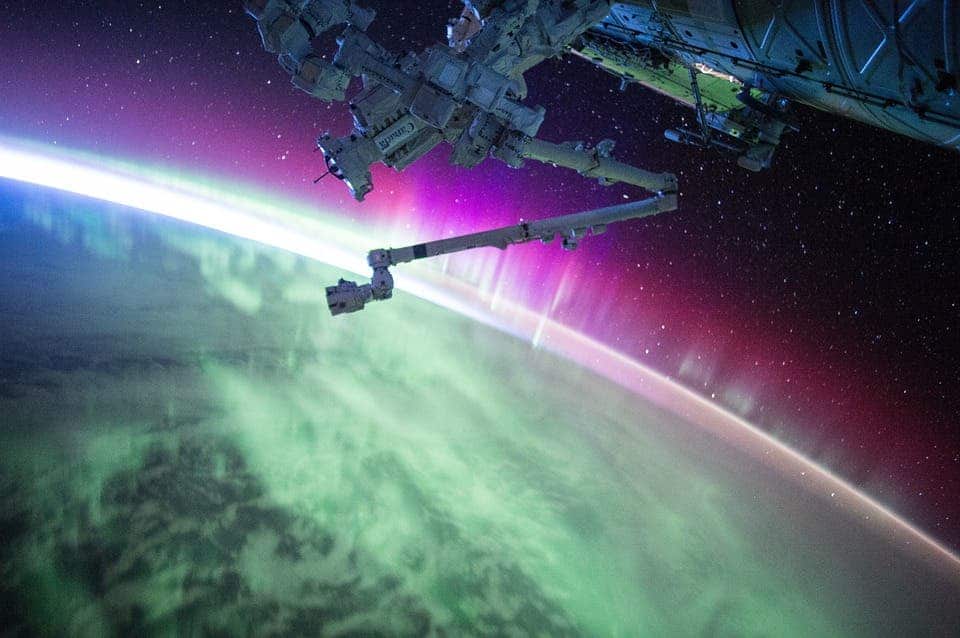Auroras are a remarkable phenomenon, a dazzling light show in beautiful green and crimson near Earth’s poles where the magnetic field is strongest. We mostly think of them as something just visual, but they also seem to have an auditory component. This has intrigued researchers for centuries, but now we could be closer to better understand what’s actually going on.

Fiona Amery, a researcher at the University of Cambridge, decided to take a look at historic reports of auroral sound, hoping to better understand this curious phenomenon and establish whether reported sounds were real or they were illusory/imaginary. And she seems to have found some very interesting answers.
“It’s a question that has puzzled observers for centuries: do the fantastic green and crimson light displays of the aurora borealis produce any discernible sound,” Amery, who is soon to travel to Finland to look for auroras, wrote in a blog post at The Conversation. “Reports of the aurora making a noise, however, are rare – and were historically dismissed by scientists.”
The sounds of the auroras
People have described the sound of the northern lights as a quiet and almost imperceptible crackling, whooshing or whizzing noise. Amery found personal testimonies from the early 1930s published in a Shetland Islands newspaper, with people comparing the sound to “rustling silk” or “two planks meeting flat ways”.
While best seen at night, auroras are generated thanks to the Sun. They are the result of charged particles reaching our planet. The particles are channeled to the poles by Earth’s magnetic field and then interact with particles in the atmosphere. This is always happening, but sometimes the Sun sends more energetic particles, producing striking auroras.
Scientists carried out expeditions to try to know more about the auroral sounds during the first International Polar Year (IPY) in 1882 and 1883. Not that much was known then regarding auroras and even less about their sounds. Research continued on the second IPY in 1922-33, leaving many researchers thinking that auroras were too far to hear any noises.
Oliver Lodge, a British physicist, argued that the auroral sound was likely a psychological phenomenon caused by the aurora’s appearance, just like meteors conjure an illusory sound in the brain, Amery said. George Clark Simpson, a meteorologist, wrote that low auroras were an “optical illusion” caused by the interference of low clouds.
But not everyone was convinced by these theories, with a few still arguing that auroras did make noises. For example, the Canadian astronomer Clarence Chart argued that the motion of the aurora changes Earth’s magnetic field, creating changes in the electrification of the atmosphere. This then produces a crackling sound close to Earth’s surface.
In 2012, Unto Laine, an acoustician from Finland, published a recording of auroral homes that he recorded from his home town. Then, in 2016, he explained that the sounds happen because of an inversion of cold air in the atmosphere that can form below an aurora. In fact, meteorological reports showed that such an inversion happened when he made the recordings.
More recently, the sound of the aurora has been explored for its aesthetic value. A composer, Ēriks Ešenvalds, used journal extracts from explorers who claimed to have heard the northern lights to create his composition “Northern Lights.” And the BBC played in 2020 a very low-frequency radio recording of an aurora onto the audible spectrum.
“There is no doubt that the so-called auroral sounds have been recorded now many times and that they are made by electric discharging processes in the temperature inversion layer,” Laine told NBC News. “The solar wind variations are behind both phenomena, visual and auditory.”
The paper was published in the journal Royal Society.






